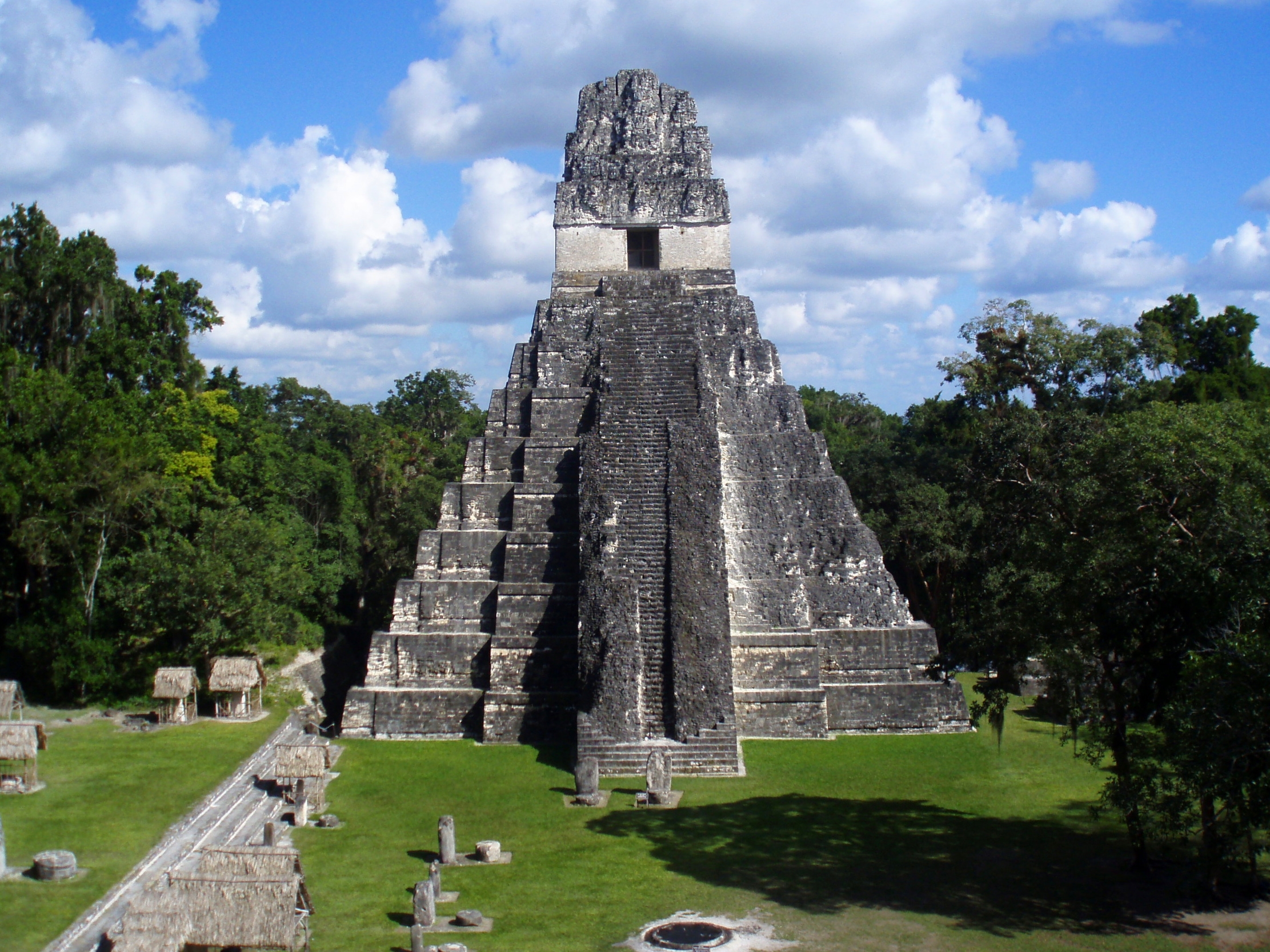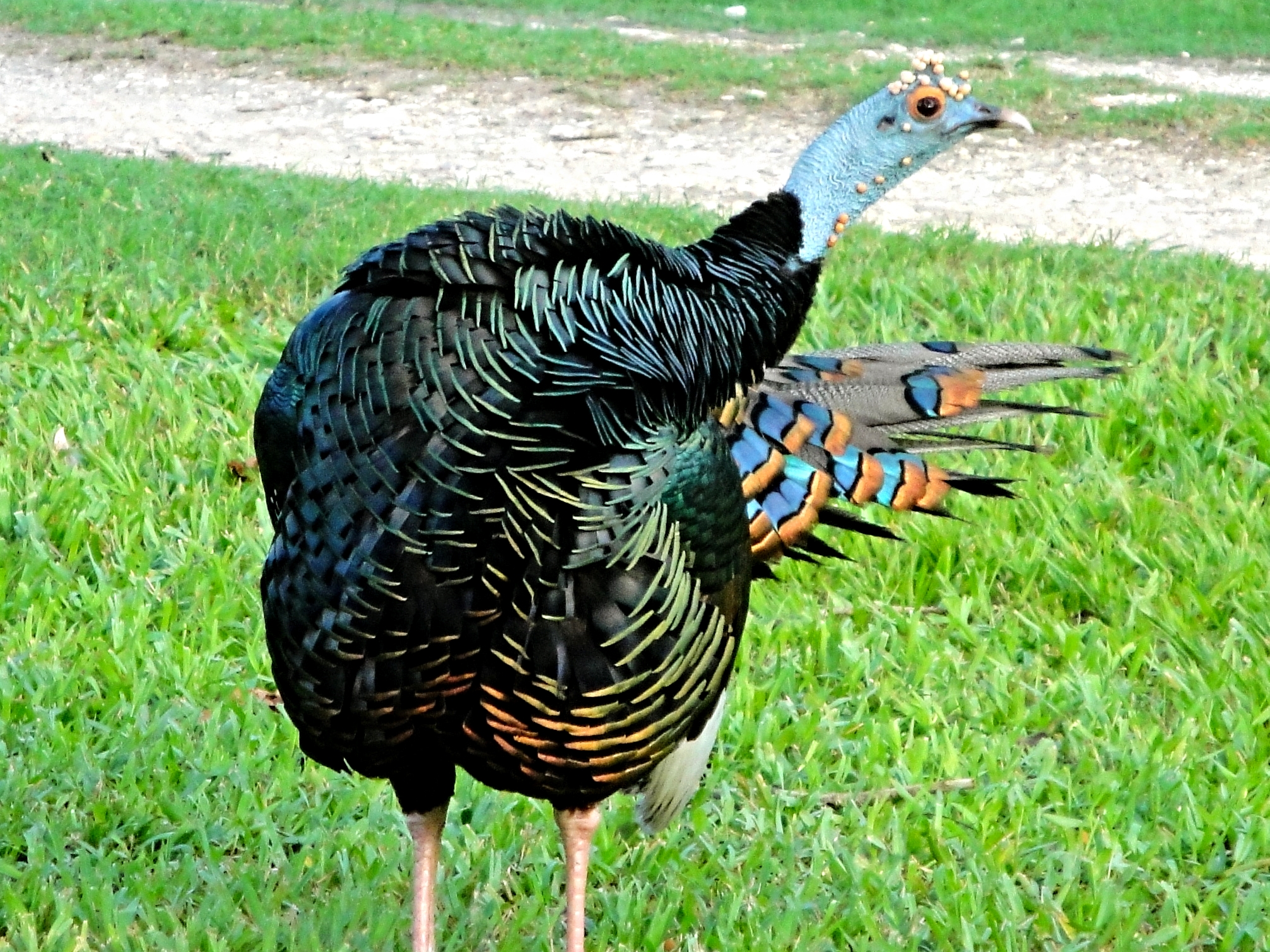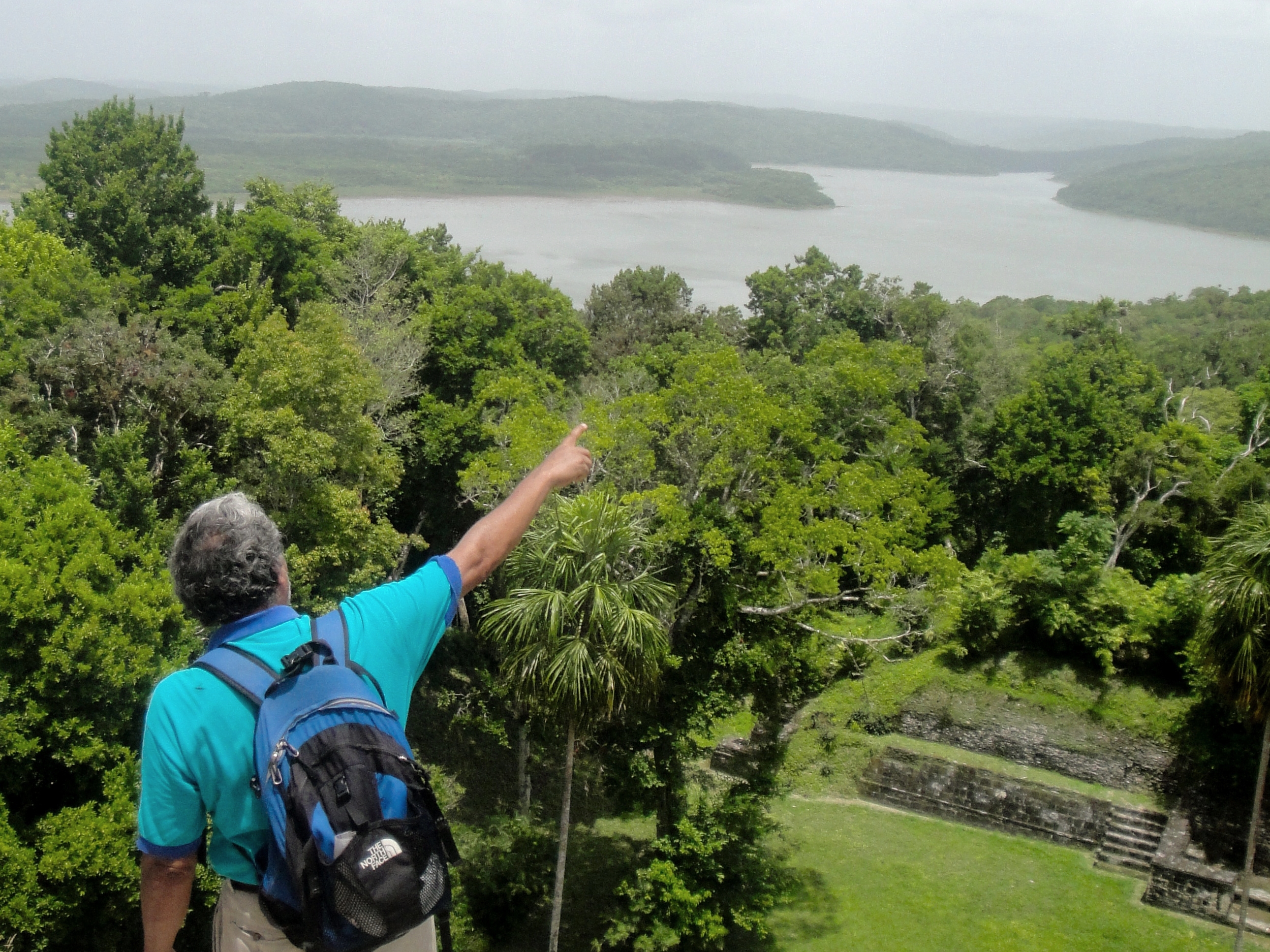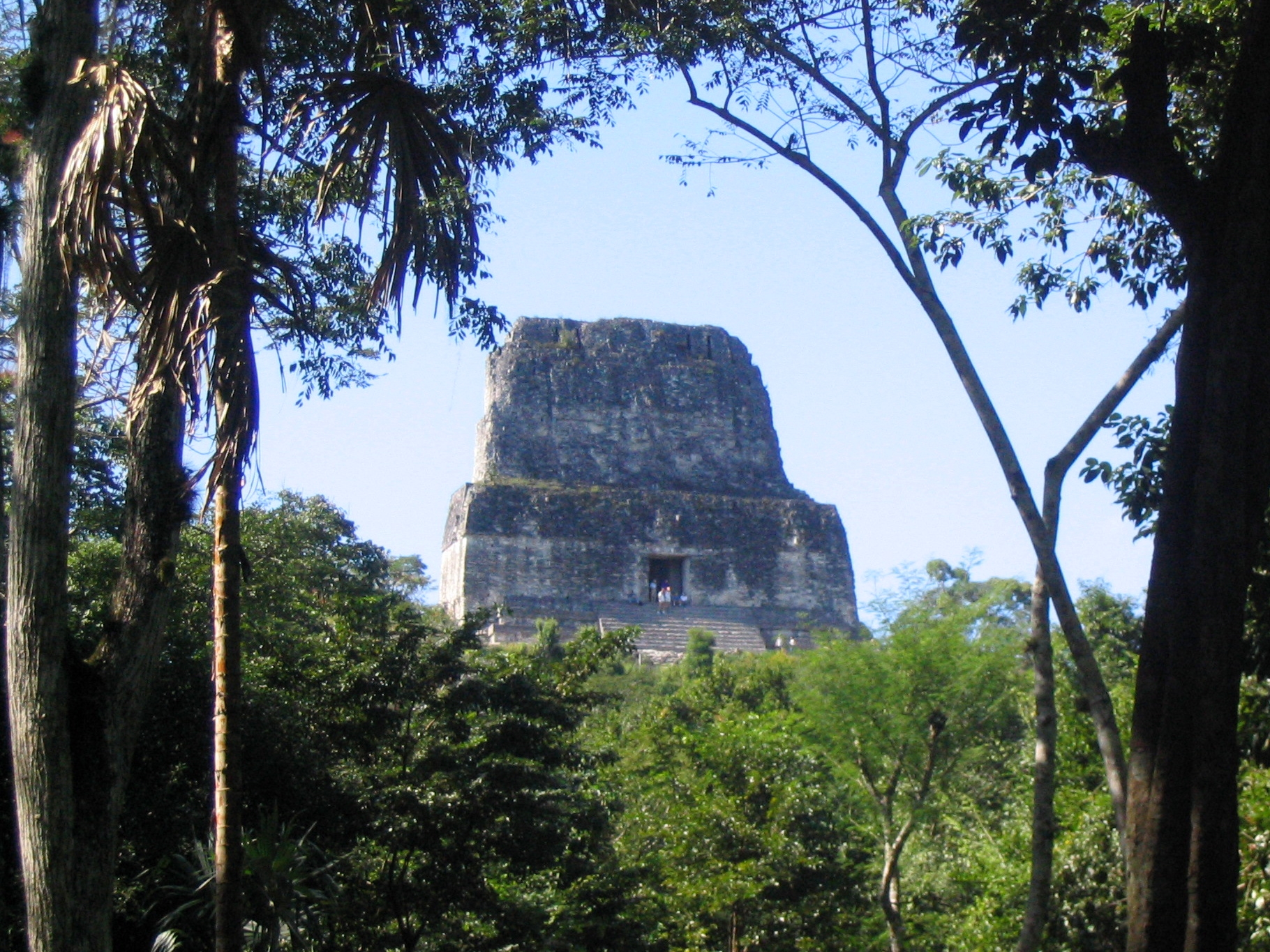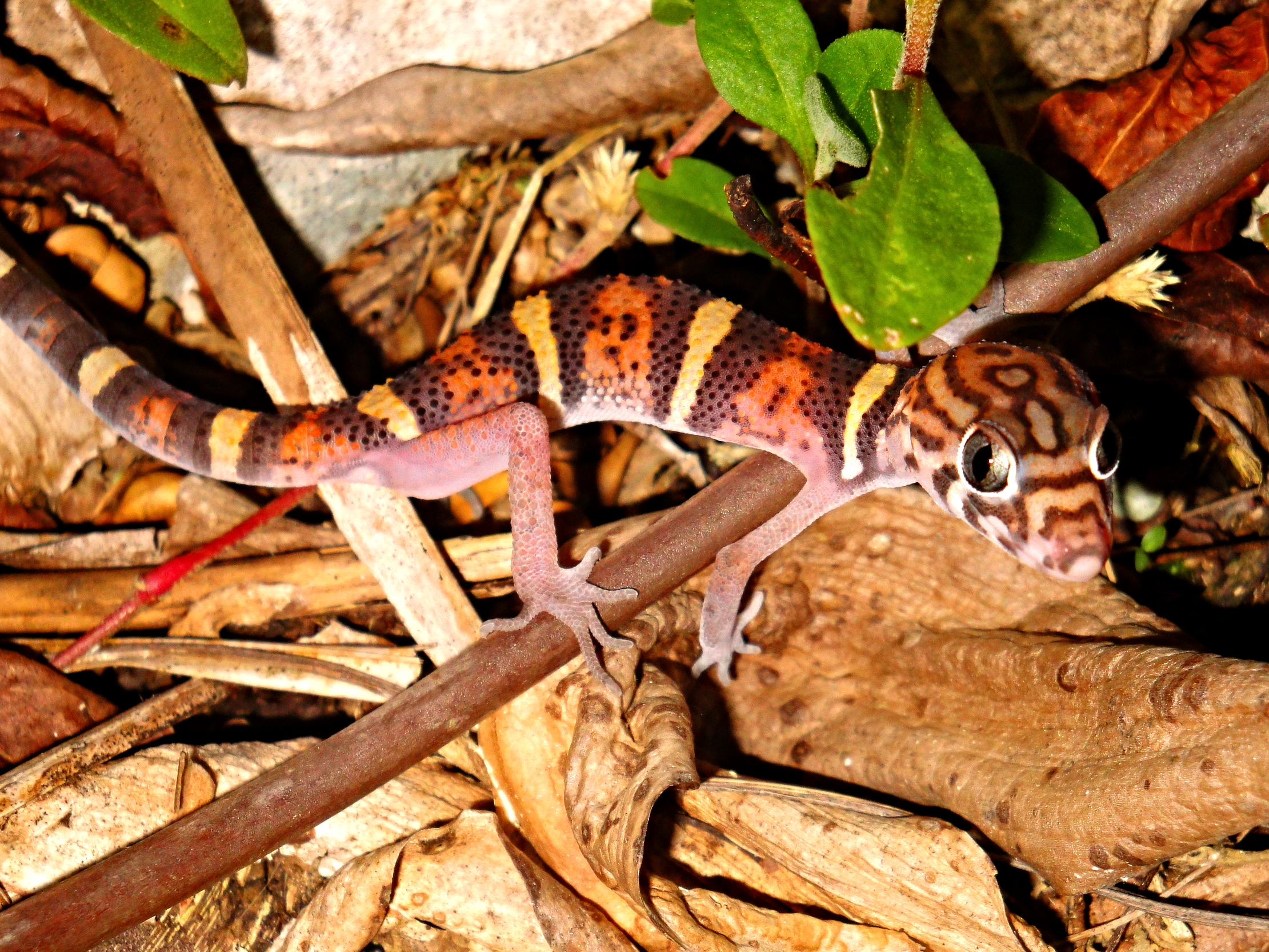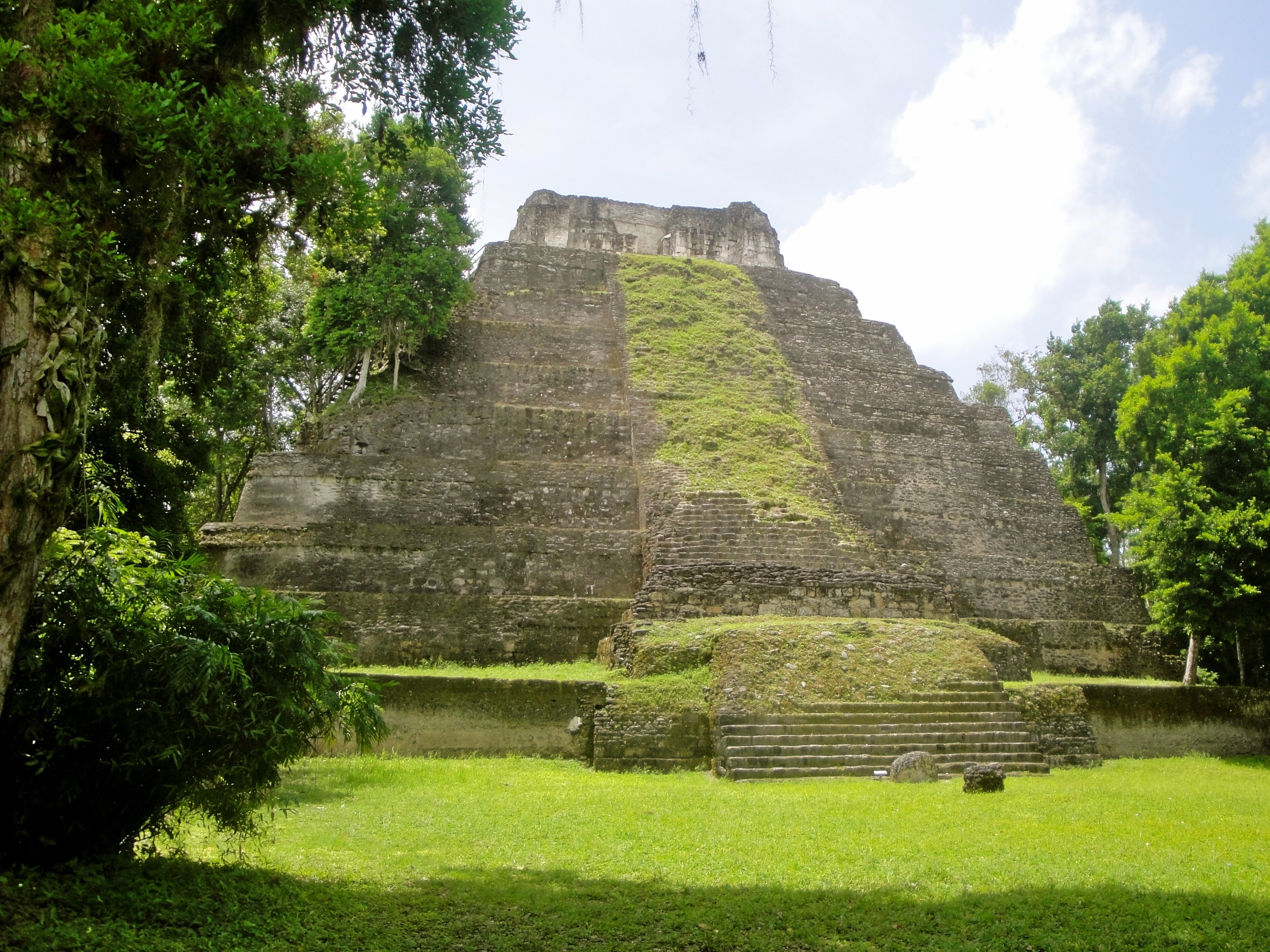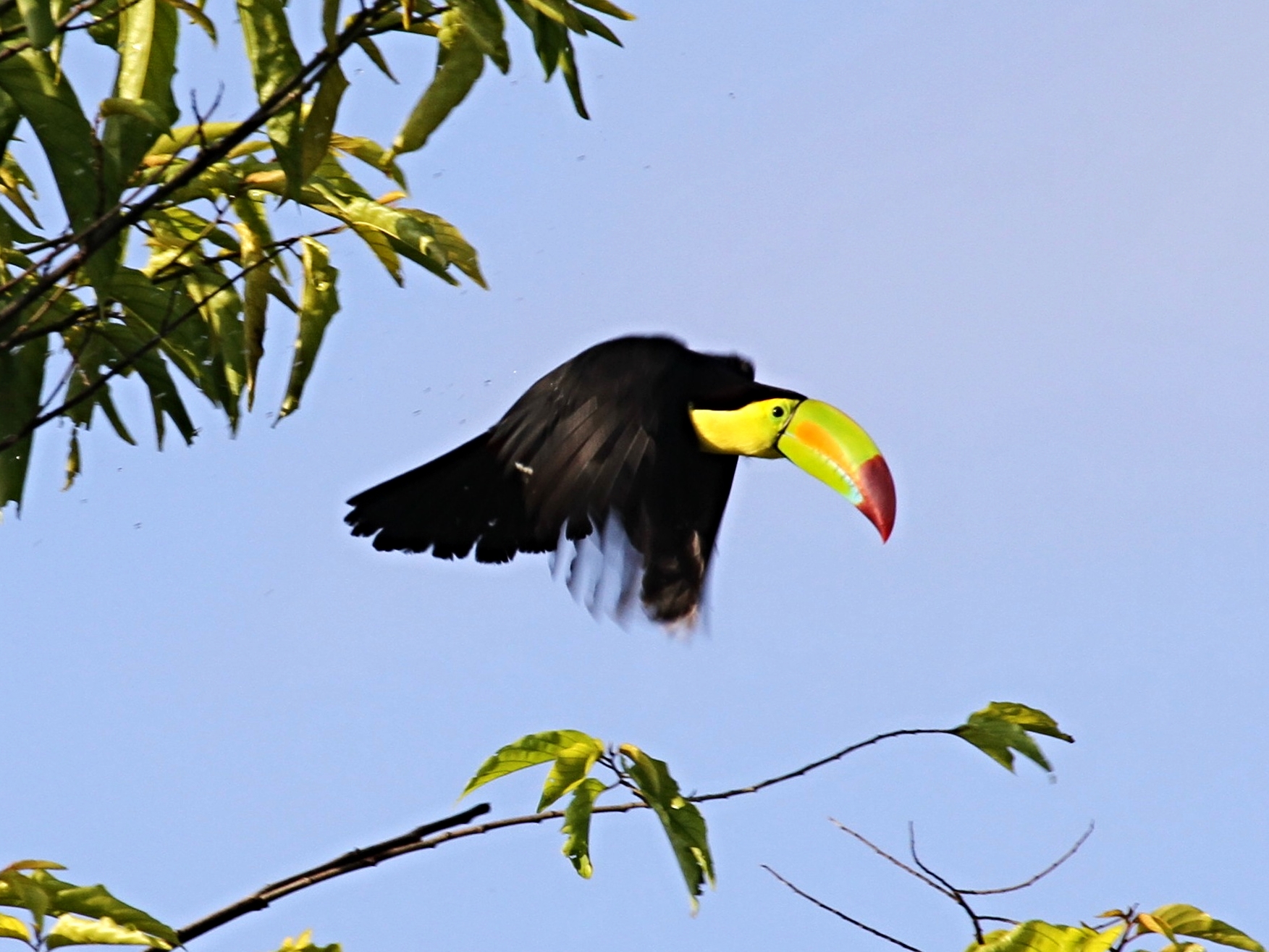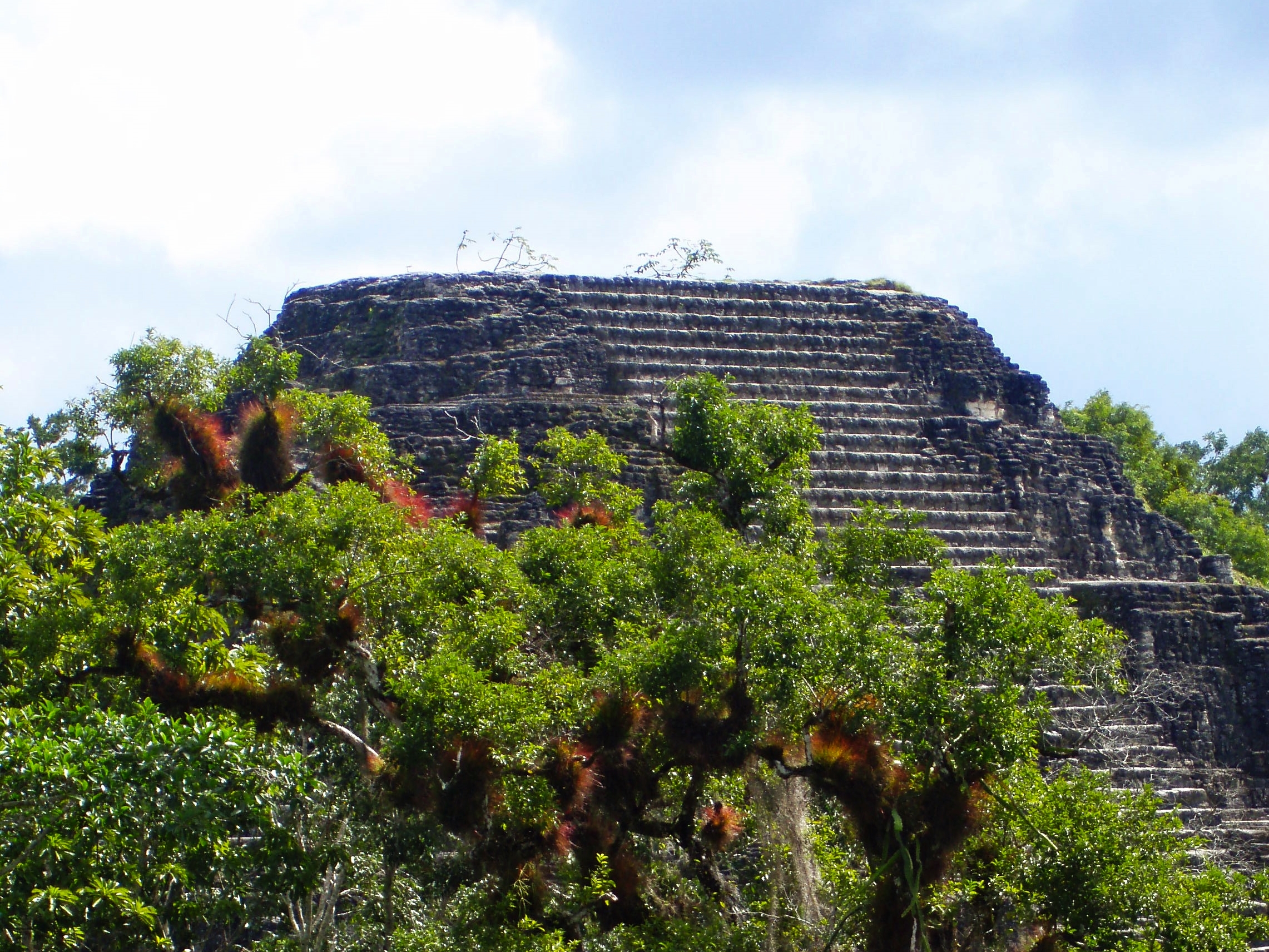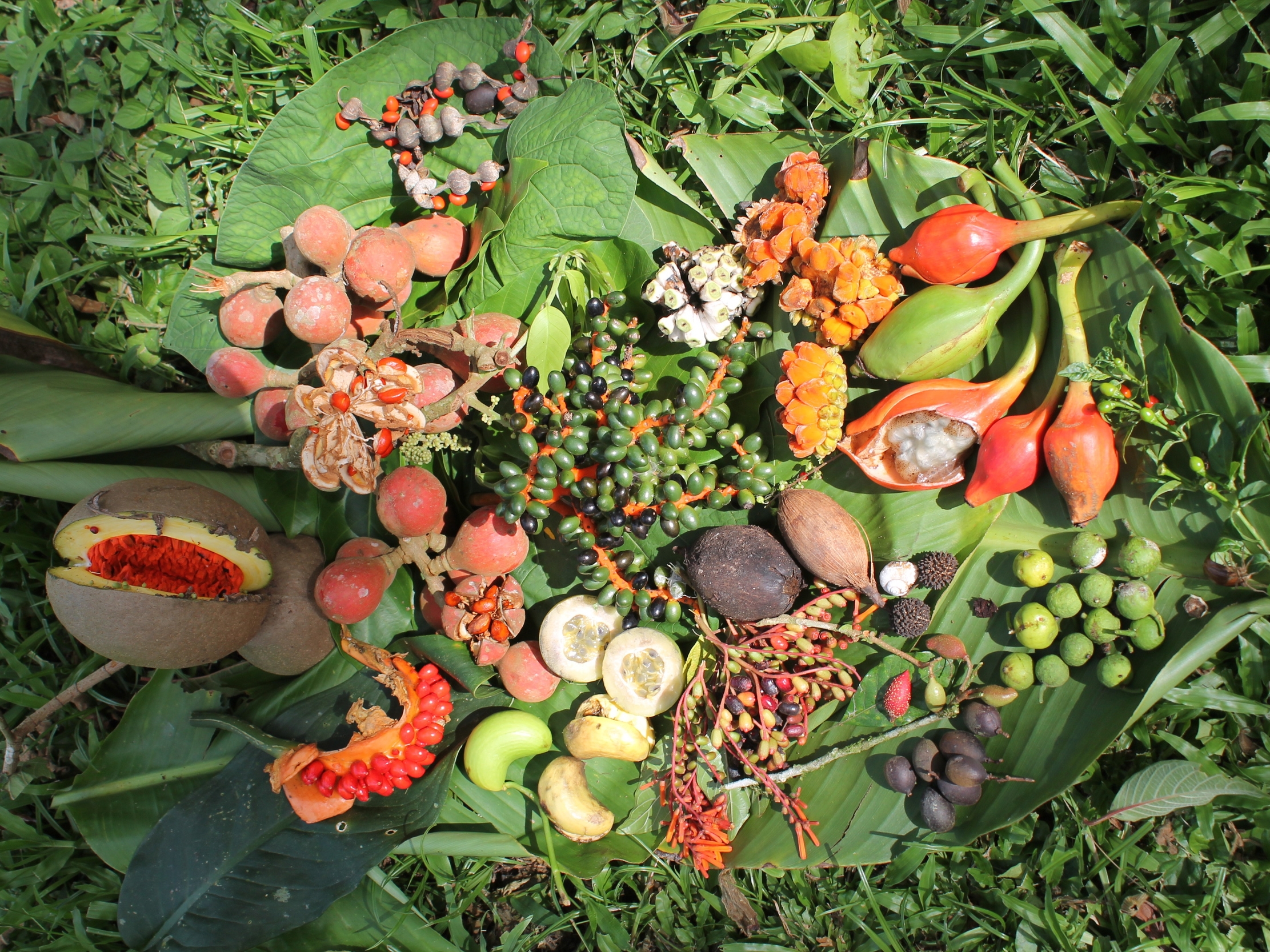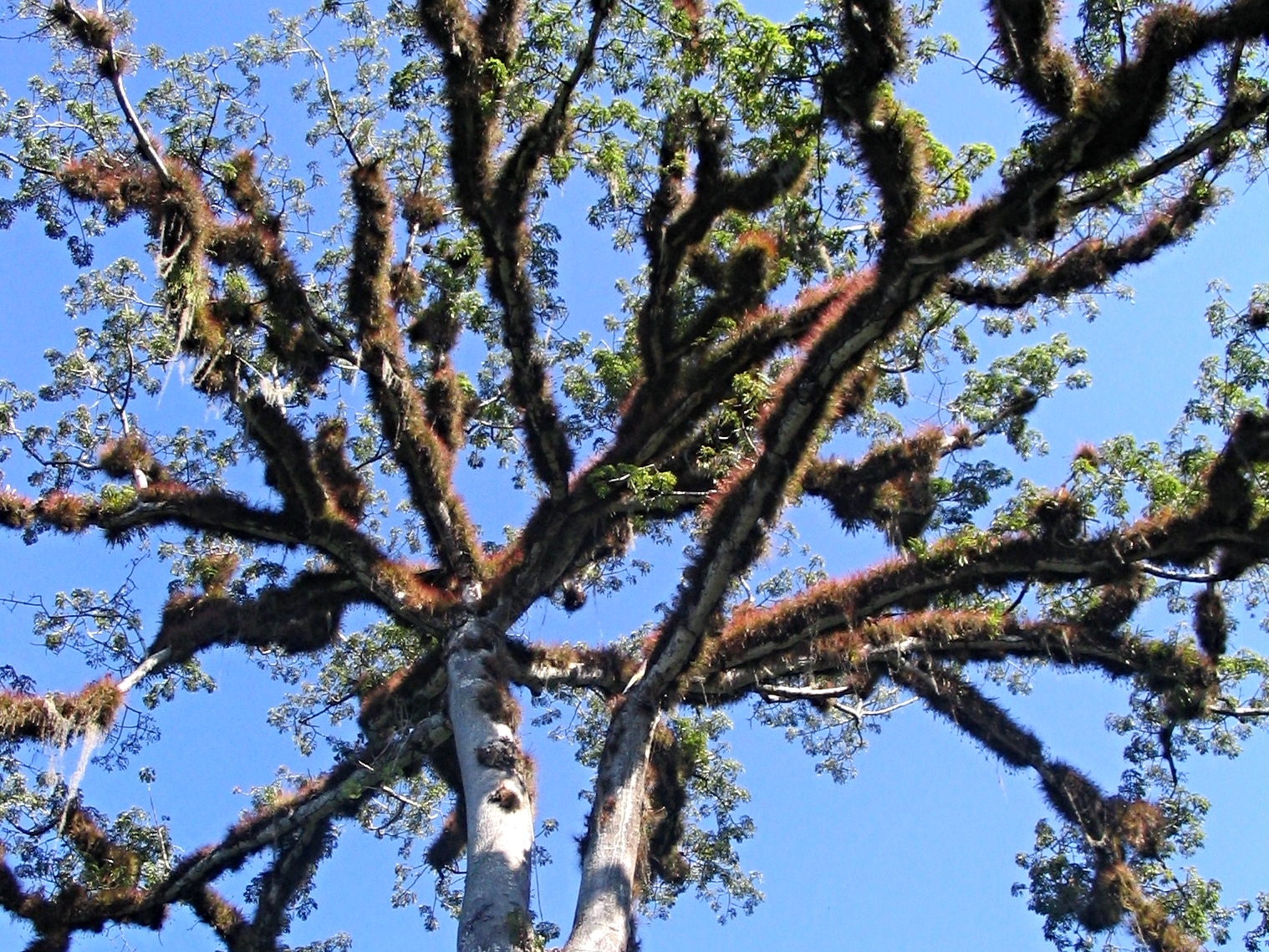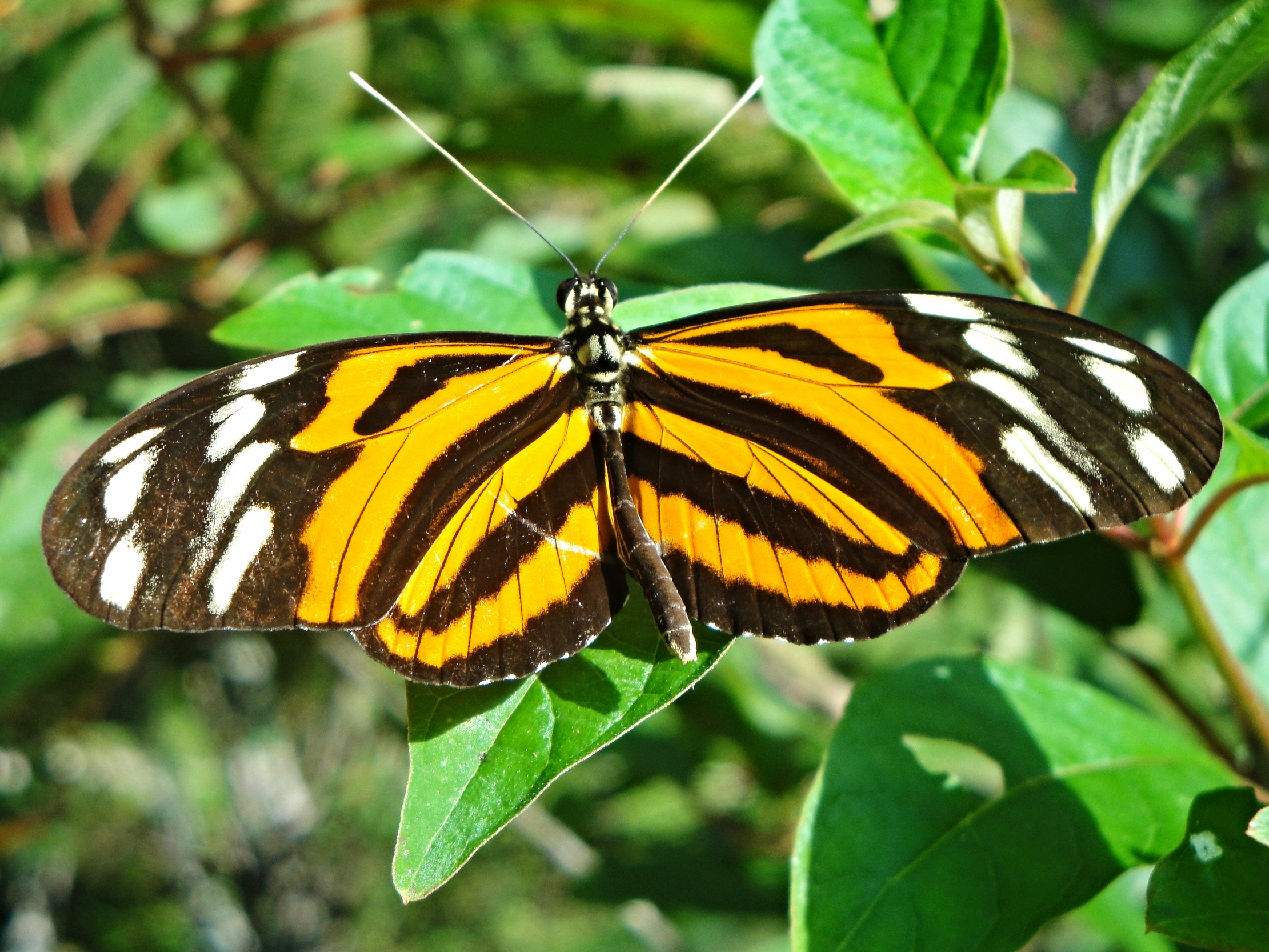Tikal Temples & Northern Guatemala
Visiting northern Guatemala is easy from Belize and is highly recommended for the fantastic wildlife within the protected jungles of the Maya Biosphere Reserve, the impressive temples at the Tikal and Yaxha Maya Sites, and for the opportunity to experience Guatemala through exploring its rich archaeological history and culture.
The Maya Biosphere Reserve (Reserva de la Biosfera Maya) is a nature reserve in northern Guatemala that covers 21,602 square kilometers and protects diverse habitats ranging from wetlands to low mountain ranges and includes several bodies of water. It was created in 1990 to protect the largest area of tropical forest remaining in Central America and is managed in a way that seeks to promote a balance between the human activities that are permitted in some zones of the biosphere and the core zones, which are comprised of national parks and wildlife preserves where human settlement, logging, and extraction of resources are prohibited. The reserve is home to an array of wildlife including some threatened species, and its mature forests are one of the best places to reliably spot jungle animals native to Central America.
Experiencing the flora and fauna of the Maya Biosphere Reserve alone provides ample reason to visit – but the real highlights of the area are the archaeological sites scattered throughout this massive reserve.
The Tikal Maya Site is the most famous of these, and arguably the most impressive Maya site in all of Central America. It is the largest excavated archaeological site in the Americas and among the largest urban centers of the pre-Columbian Maya Civilizations. Early excavations undertaken by Pennsylvania University began in 1956 and unearthed thousands of structures covering an area of about ten square miles at the site’s core, which is organized around a ceremonial center and several of the most impressive temples in the Maya world. These temples soar above the forest canopy and provide those that are willing to climb them breath-taking views of the seemingly endless forest protected by this UNESCO World Heritage Site. Though monumental architecture at the site dates back as far as the 4th century BC, Tikal reached its apogee during the Classic Period, ca. 200 to 900 AD. During this time, it is thought that Tikal dominated much of the Maya region politically, economically, and militarily, and that the city may have reached a population of up to 475,000 at its peak.
The nearby but lesser known Yaxha Maya Site is also highly recommended to archaeology and wildlife enthusiasts alike. Though it is much less visited than Tikal (which is about 19 miles to the north-west), the Yaxha Maya Site is the 3rd largest pre-Columbian Maya city in the region. The ruins include the remains of more than 500 structures with a number of major archaeological groups linked by causeways. Several of these have impressive temples that rise above the forest canopy and offer fantastic views of the forest and the lovely Lake Yaxha bordering the site. The fact that this site sees fewer visitors creates a more intimate experience and allows for ample wildlife viewing opportunities.


